
views
प्रजासुखे सुखं राज्ञः प्रजानां तु हिते हितम् ।
The above-mentioned Kautilyan words convey the essence that a leader’s joy lies in the happiness of the people, and their well-being is intertwined with that of the leader’s. In today’s context, especially for a diverse and culturally rich nation like Bharat (India), effective leadership involves seamlessly blending modern development (vikas) with the preservation of heritage and tradition (virasat).
It took over six decades for Bharat to discover a leader who could skilfully harmonise these two aspects, which may seem dichotomous to the woke mind but in reality complement each other naturally. Finally, in 2014, Prime Minister Narendra Modi assumed leadership, putting into practice the delicate balance between progress and cultural legacy that the nation had been searching for. Very few would have imagined a country to be the first country to reach the south pole of the moon whose early space missions involved ferrying rocket parts in bicycles and putting our scientists through apathetic situations. But, today, India’s space foray is not just confined to launching satellites, rather she is talking of repeating the feat of sending a manned mission to the moon and establishing a space station of its own.
There are unlimited stories of vikas which can be told like the one in the space sector each contributing to India’s narrative of growth. A shining example lies in the technology sector, where India’s 5G rollout stands as nothing short of phenomenal, making it one of the world’s fastest rollouts. The inauguration of 5G services in October 2022 marked the beginning of a remarkable journey. In a mere eight months, over 2 lakh base stations were strategically installed, spanning across 700 districts at an unparalleled pace, outshining the progress of most other nations.
This expansive network extends its reach to all 28 states and 8 union territories, transcending geographical barriers to connect even remote areas like the revered Chardham pilgrimage route. This inclusivity ensures that the benefits of 5G are experienced by everyone, irrespective of their location. At the heart of this swift and widespread rollout is the pivotal role played by the Indian government. Their proactive measures included streamlining spectrum allocation, simplifying licensing procedures, and fostering infrastructure development through initiatives like the PLI (Production Linked Incentive) scheme dedicated to telecom equipment manufacturing.
The government’s initiatives created a conducive environment, encouraging private players to invest and expand their networks. Understanding the significance of affordability in driving mass adoption, the government pushed for competitive data plans and the domestic production of 5G smartphones. This strategic approach will not only accelerate technological progress but will also ensure that the benefits of 5G technology are accessible to the average Indian citizen, marking a significant leap towards a digitally connected and empowered nation.
There is another example which we need to look at and that is in the field of digital economy. India has emerged as a global leader in digital payments, leaving behind some of the world’s most populous and technologically advanced nations. In 2022 India recorded a staggering 89.5 million digital transactions, accounting for a remarkable 46% of all real-time payments made worldwide. This figure is even more impressive when you consider that it surpasses the combined digital payments of the next four leading countries, including Brazil, China, Thailand, and South Korea.
This achievement stands as a momentous milestone in India’s trajectory towards a cashless economy. The remarkable feat becomes even more noteworthy when one considers that India’s digital payments infrastructure was still in its formative stages just a few short years ago. The rapid growth and widespread adoption of digital transactions underscore the nation’s dynamism and adaptability, positioning India at the forefront of the global digital revolution.
Under the leadership of PM Modi, virasat (cultural heritage) has been accorded equal significance. A multitude of initiatives has been set in motion to nurture and safeguard India’s rich legacy, encompassing historical landmarks, monuments, cultural traditions, and intangible treasures. Notably, Ayodhya, the revered birthplace of Bhagwan Ram, has taken centre stage with the construction of the grand temple, a testament to the profound respect bestowed upon the deity. The recent Ayodhya Deepotsav etched its place in history by establishing a new Guinness World Record, casting a radiant glow over the city with the illumination of over 22 lakh diyas (traditional oil lamps).
In parallel, the Kashi-Vishwanath corridor stands as another example of the government’s commitment to heritage preservation and development. Numerous initiatives have been undertaken to promote India’s cultural heritage, including the PRASAD (Pilgrimage Rejuvenation and Spiritual Augmentation Drive) scheme for pilgrimage sites, Swadesh Darshan for cultural circuits, and the revitalisation of traditional arts and crafts. Working towards making the heritage knowledge accessible to all initiatives such as the National Mission for Manuscripts reflect a forward-looking approach by digitising ancient manuscripts and texts, ensuring their conservation and accessibility for the benefit of future generations. This concerted effort not only pays homage to India’s rich cultural tapestry but also paves the way for its seamless transmission to posterity.
In the contemporary landscape, India has not only emerged as the fastest-growing major economy but is strategically leveraging its traditional cultural heritage, known as virasat, to bolster its soft power and reclaim its historical status as vishwaguru, a global leader. The world’s attention is now focused on India, thanks to a visionary leader who adeptly leads from the front.
Prime Minister Modi has steered the nation towards a transformative journey, seamlessly blending modern development with the meticulous preservation of its culturally rich heritage. This harmonious equilibrium, echoing the wisdom of ancient strategist Kautilya, has materialised under his leadership, propelling India onto a trajectory of global significance and influence.
Tuhin A Sinha is a national spokesperson of BJP, besides being an acclaimed author. Nishant Kumar Hota is a public policy consultant. Views expressed in the above piece are personal and solely that of the author. They do not necessarily reflect News18’s views.










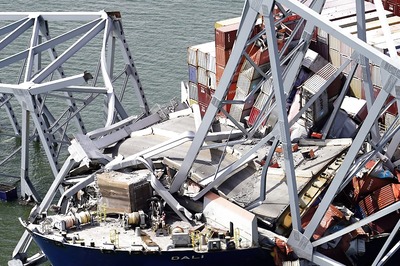



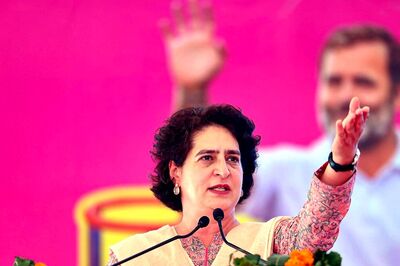
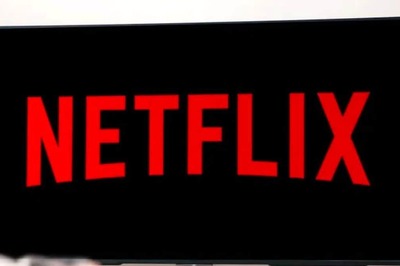

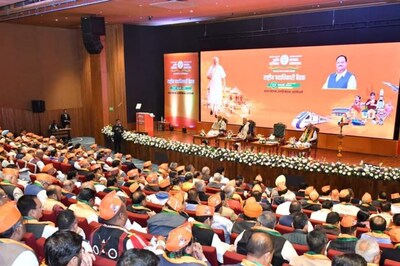
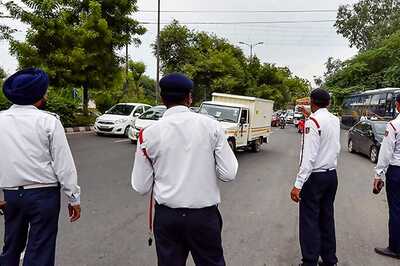

Comments
0 comment